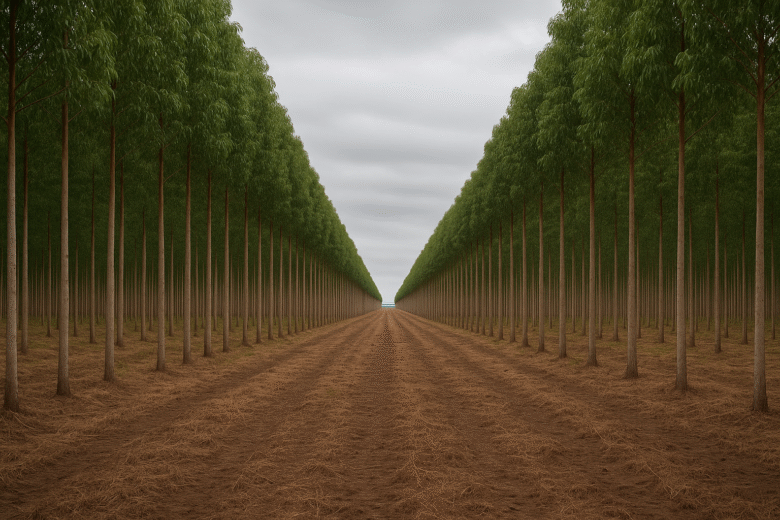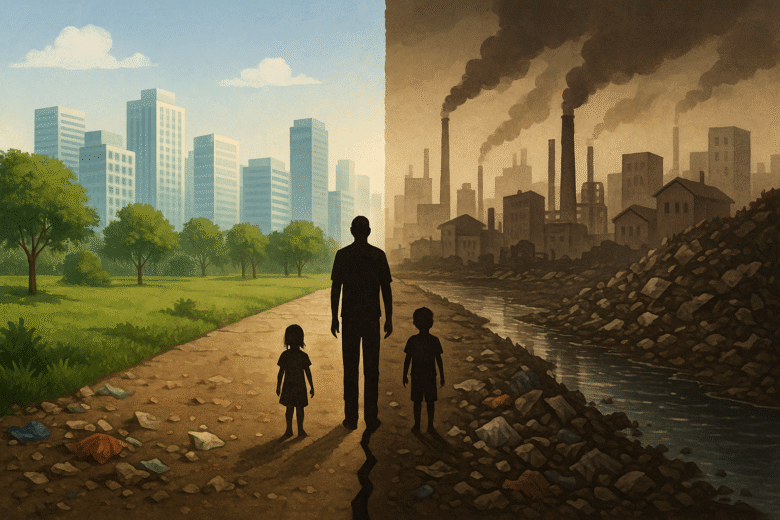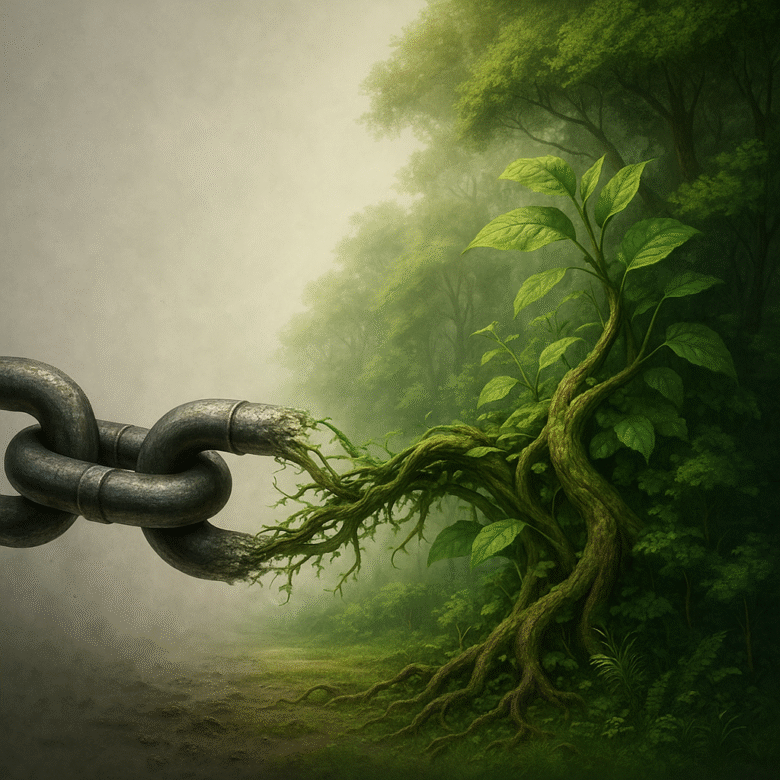Fun fact: even newborns prefer looking at faces to scrambled shapes—suggesting our brains are wired to recognize meaning, relationships, and narrative almost from birth. But why do humans tell stories? Why did our ancestors gather around fires to pass down tales of hunts, gods, love, loss, or tricksters? The title of this piece—“Why Humans Tell …
Fun fact: in the past 30 years, trees in the Amazon rainforest have increased their average basal area (cross-section at chest height) by about 3.3 % per decade. That’s right—Amazon Rainforest Trees Getting Bigger: What a New Study Says is not just a catchy headline, it’s a reality born from decades of scientific observation. It …
Fun fact: The Himalayas are still rising by about 5 millimetres every year — meaning that Mount Everest, already the tallest peak in the world, is still getting taller. So, do mountains grow? The answer is both yes and no — and it’s a story as old as the Earth itself. We tend to think …
Fun fact: Long before humans invented the plough or learned to domesticate wheat and rice, ants were already farming. Yes, you read that right. These tiny insects — often dismissed as picnic raiders or household pests — have been quietly running farms for millions of years. And that’s the question we’ll explore today: How do …
Fun fact: some fast-growing plantation monocultures can actually store less carbon than the natural forests they replace — and they often kill off biodiversity in the process. Welcome to “The Green Cover Scam” — a scandal hidden behind shiny tree-planting campaigns. On the surface, it feels noble: more green cover, cleaner air, climate rescue. But …
Fun fact: Indigenous and forest-dwelling communities steward lands that hold up to eighty percent of the world’s remaining biodiversity. That stark number underlines why Forest Guardians vs. Bulldozers is not a metaphor but a real struggle of land, rights, and identity. When bulldozers roar through a forest, the very people who have defended those ecosystems …
Fun fact: In many cities, adults in poorer neighbourhoods breathe twice the particulate pollution of people in richer areas. In “Ecological Apartheid”, I explore a haunting pattern: poor and marginalized communities forced to live beside dumps, factories, and polluted rivers, while the wealthy retreat to clean, green enclaves. This is not an accident—it is structural. …
Fun fact: At one point, India’s vultures cleaned up more carcasses each year than the population of several small nations. In “The Vulture Catastrophe”, we confront the tragic irony: a drug meant to heal cattle instead poisoned one of India’s most vital clean-up crews. The vultures vanished. In their absence, hidden threats lurked, diseases rose, …
Fun fact: Each year, humanity clears or degrades habitat equivalent to about 30 football fields every minute—a staggering erasure of life. When “When Biodiversity Dies, We Die: The Hidden Chains That Break First” becomes not a slogan but our reality, we must look at what fractures first. The collapse starts with invisible links: pollinators, microbes, …
Fun fact: the eruption of Mount Pinatubo in 1991 cooled the planet by about 0.5 °C for a year—proof that nature itself can “geoengineer.” Welcome to Geoengineering – Plan B or Pandora’s Box? where we probe one of the boldest and riskiest ideas: deliberately hacking the climate. As climate targets drift further out of reach, …










